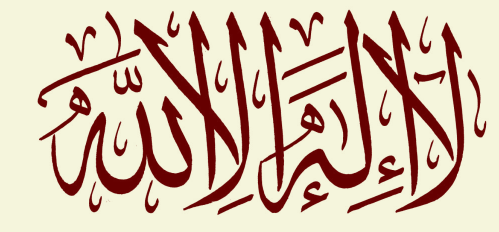The Fragrant Secret: Language and Universalism in Muusaa Ka’s The Wolofal Takhmīs
Are all languages equal? Does the revelation of the Qur’an in Arabic elevate that language above all others? What is the goal of using language, and particularly of using it Islamically? The early twentieth-century Wolof-language poem The Wolofal Takhmīs takes on these questions in verse. In arguing that Wolof and Arabic are equally viable languages for Islamic poetry, the Senegalese Sufi poet Sëriñ Muusaa Ka intervenes into longstanding theological debates about the provenance and purpose of language. The primary goal of this article is to illuminate Ka’s theory of language through analysis and translation of Takhmīs. Ka implies that the root of all languages is the Ḥaqīqa Muḥammadiyya, the nonphysical reality of the Prophet Muḥammad, and thus he claims that all languages share an equal potential and an ultimate purpose: to regain the “fragrant secret” of their Muḥammadan essence. The Wolofal Takhmīs offers a universalist theory of language that avoids the pitfalls of provincialism and chauvinism. I consider the potential impact of this theory on both intra-Islamic theological debates about language and contemporary academic conversations about the viability of “universalism” after European colonialism.
Universalism is out of fashion in the Euro-American academy. This is not new: twenty-five years ago, the Ghanaian philosopher Kwasi Wiredu was already writing that “there is…increasingly skepticism regarding… the possibility of universal canons of thought and action.” 1 This skepticism is historically well-founded, as “more often than not, the alleged universals have been home-grown particulars. Not unnaturally, the practice has earned universals a bad name.” 2 Wiredu is referring to the longstanding (and still ongoing) tendency amongst Euro-American thinkers to treat Western cultures as universal reference points to which all others ought to aspire – a stance summarized by Hegel’s famous claim that Western Europe is “the land of the elevation of the particular to the universal.” 3 This chauvinistic faux-universalism was (and is) frequently tethered to assumptions about the superiority of European languages. Per Souleymane Bachir Diagne, the line of thinking goes as follows: “we can stipulate that a given language is universal and thereby overarches all the others. This stipulation involves declaring that the Greek language [and its supposed European descen- dants] is the Logos (simultaneously the Word, Reason and Being)
